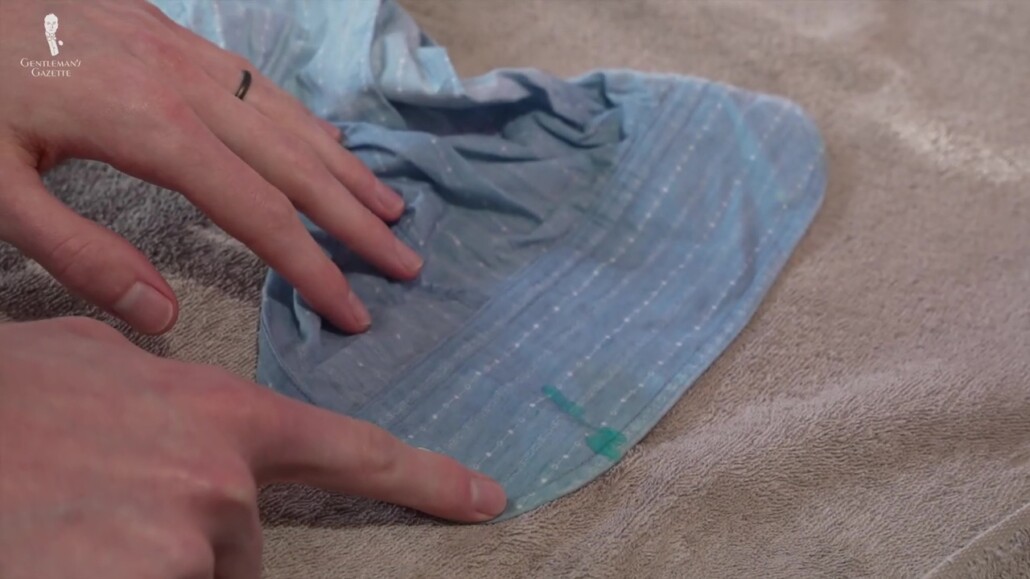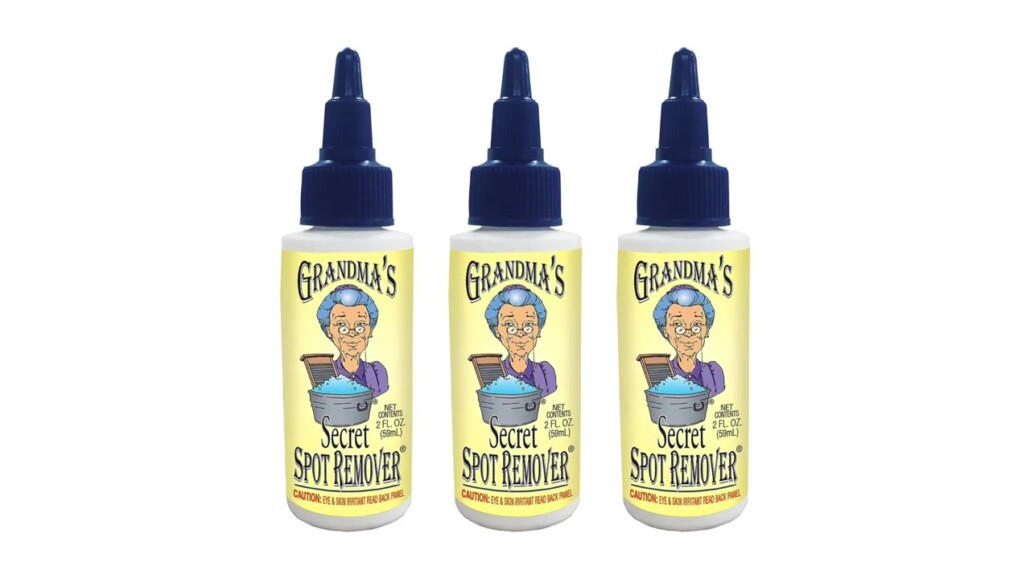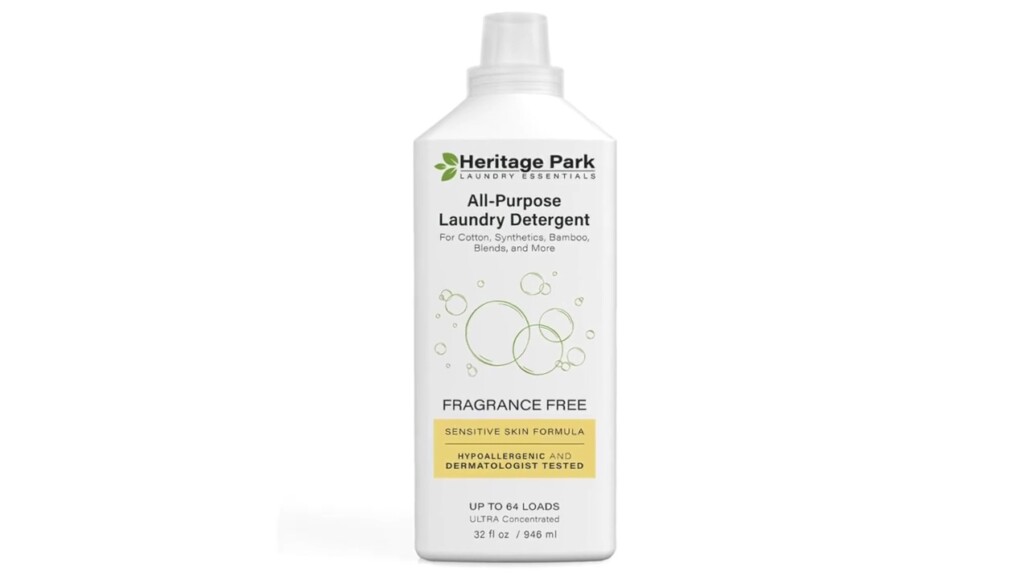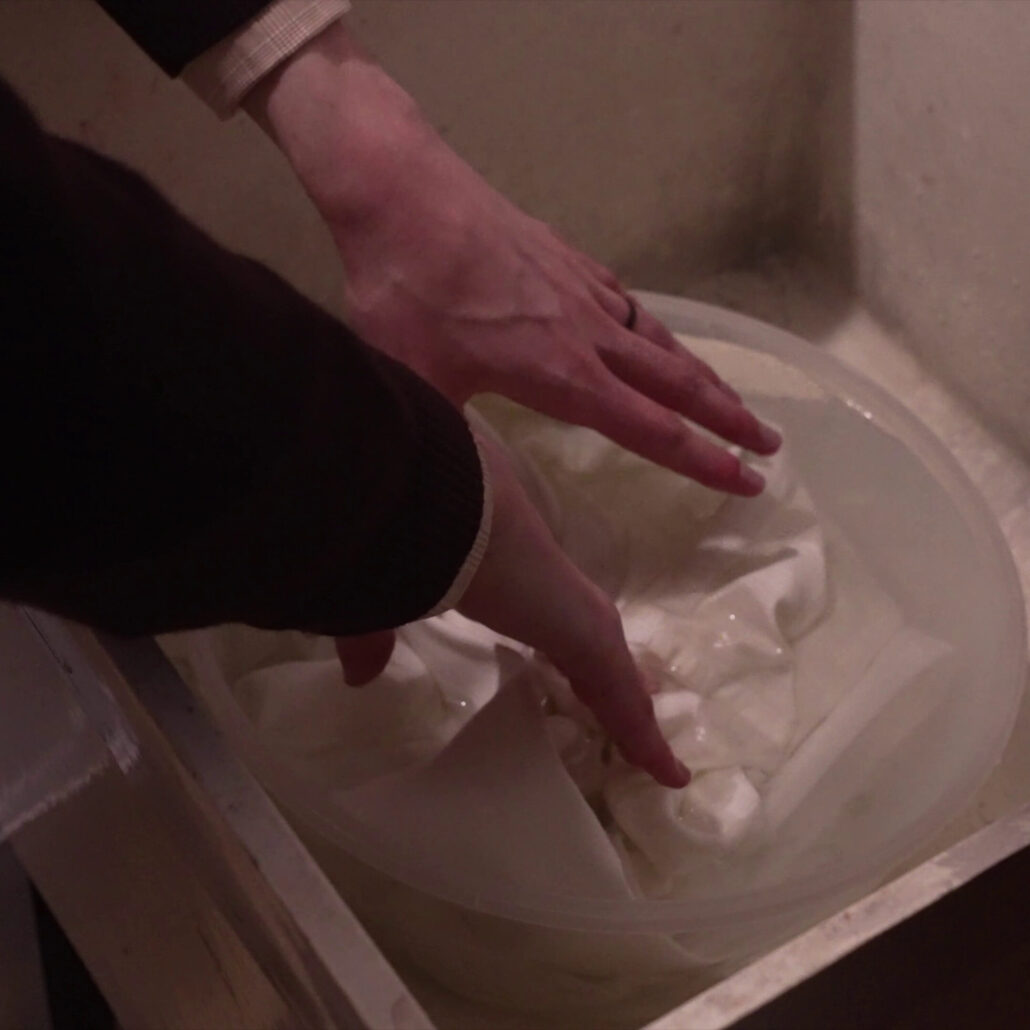There are a few worse ways to start your morning than with a coffee stain. More often than not, it perks you up more than the cup of Joe itself, especially if you’ve got a long day ahead. But never fret: our tips today should help you deal with coffee stains.
The Science Behind Coffee Stains
Most coffee beans are naturally green with their iconic dark brown color coming from the caramelization of sugars as the coffee beans are roasted. These sugars are water soluble so they would wash right out if it weren’t for the presence of natural tannins in the coffee as well. These are the same biomolecules that are found in wine and that adhere strongly to other molecules, causing staining.

Tannin levels depend largely usually on the type of coffee bean, where it’s grown, and various factors in the roasting process. So, while some coffee stains may prove harder to remove than others, they all should be able to be tackled by the methods we’ll talk about today. So, our advice should apply equally to basically all coffee beverages, from an americano to an espresso.
Pre-Treating Coffee Stains
Unfortunately, coffee stains often seem to happen at the most inopportune times, like breakfast or when you’re on your way to work, when you probably don’t have time for a full cleaning regimen. Fortunately, it doesn’t take much time to respond quickly to a coffee stain, and a little bit of pre-treatment goes a long way in making sure the eventual stain does come out.

Take it off and
Dab Away Excess Coffee
First, if you’re able to, remove the garment in question and dab away any excess liquid with a dry paper towel or clean cloth. This is, of course, assuming that the coffee hasn’t also burned you in any way, in which case, first aid should be your first concern.
Next, flush the garment with cold water from behind the stain. For machine-washable garments, don’t be afraid to open up the tap. But for garments or accessories that require spot cleaning like silks or other delicates, try to just moisten the area. Open up the faucet to just a trickle of water, or let the water drip out from a sponge or damp cloth before dabbing dry. Avoid the urge to rub or scrub, as you could work the stain further into the fabric.


This process can leave garments like shirts or trousers quite wet, which is one reason why we recommend keeping an extra shirt, and perhaps, even an extra pair of trousers in your car or office. It’s entirely possible that these pre-treatment steps alone will remove the stain entirely, but if they don’t, don’t worry.
You’ve still taken an important first step that will make the eventual full cleanup much easier, if and when you have to do it.
Removing Coffee Stains from Different Fabrics
Machine-Washable & SOME Spot Clean Fabrics
Our first proper process applies to most garments that are machine washable according to their tags. Most cottons and synthetic fabrics should be covered here, and a similar process will cover spot-clean and delicate fabrics, but we will also cover the latter later. As always, if you’re concerned about how a cleaning process might interact with the fabrics in your garments, test the process on a discreet area first.

If you’re out and about, you can first tackle a coffee stain with liquid hand soap or dish soap like you might find in your office’s washroom or kitchen. Cleansers like Dawn or anything more gentle are preferable here to anything stronger.
Wet the stained area, apply a drop of cleanser, and then work the cleanser into the fabric using either the fabric itself or a clean towel. Then, flush the stain from the rear with cool water and repeat this process as necessary. If the stain isn’t budging wait until you get home, then repeat this process again, but substitute the cleansers we mentioned before for your preferred laundry detergent.



Most laundry detergents are formulated to tackle organic staining agents, like the tannins in coffee, so this method should work well. For added cleaning power, you can activate and flush the cleanser with the hottest water that is safe for your garment, again, as dictated by the tag. And if this process still doesn’t seem to be working, then you can sub out the laundry detergent for a dedicated stain remover.
This post is not sponsored, but we’ve seen good results from the Laundress Stain Solution. You could also consider products like Presto! Biobased, Arm and Hammer plus Oxiclean, Dirty Labs detergent, or Grandma’s Stain Remover, which is a recommendation from our community here at the Gentleman’s Gazette.




Follow the stated instructions for each of these products, and when the stain seems nearly gone, consider running it through a standard wash cycle, as this should probably be enough to remove the stain completely. Just don’t put your garment in the dryer until you’re sure that the stain is gone, as the heat from the dryer could permanently set whatever is left of the stain.
If you don’t own any stain removers and your standard laundry detergent isn’t working, you could also try creating some at-home solutions.
- If you have baking soda, for instance, you can sprinkle it over the stain, activate it with water, and then work it into the fabric using a towel, sponge, or soft brush. Then, rinse and repeat as necessary.

- You could also create a solution using 1 tablespoon of white vinegar, 1 tablespoon of dish soap, and 2 cups of water. For white clothing, you could also replace the vinegar with half a cup of hydrogen peroxide, but note that this mixture will function similarly to bleach and could damage colored fabrics.
Here’s the Secret to Keeping Your White Shirts…White!
Delicate Fabrics
Now, let’s cover removing coffee stains from delicate fabrics, like silks, which require their own specific cleansers. So, whether you’re fully washing or just spot-cleaning, you can follow the same overall process we outlined before but substitute in a dedicated delicate detergent like Studio by Tide, The Laundress Delicate Wash, or Heritage Park detergent.



Remember to also follow any special instructions found with these products. Repeat these processes as needed, and then air dry the garment.
Here’s how to clean delicate ties and pocket squares
Knitwear
Because of their knitted fibers, you’ll definitely want to avoid scrubbing knitwear as much as possible, so that you don’t encounter snags or pilling.

With cold water & detergent
Treat the area, then soak the entire garment
Make a solution of cool water and a mild detergent, dab it onto the stained area, and let it sit for about 10 minutes. Then, soak the entire garment in a solution of tepid water and Woolite or a comparable detergent. Finally, hand wash the Garment and then air dry.
For more on washing knitwear, you can see our full guide to wool sweater maintenance.
How to Wash & Maintain Wool Sweaters
Old Coffee Stains
Once a coffee stain has set, it can be particularly stubborn. So, consider soaking a set-in stain in a solution of cool water for several hours to reactivate it, and then trying any of the processes we’ve already outlined based upon the fabric and stain situation in question.

Pro-Tips
Closing today’s guide, we share more pro-tips for dealing with coffee stains. First, we haven’t mentioned leather and suede products yet because they especially require their own dedicated products and cleaning steps. So, for best results, following the printed instructions on whichever leather care product you purchase is a good idea.

More steps and products for
Leather and suede stains
The techniques we outlined for delicate fabrics could be a good place to start with leather, but leather products and large amounts of water often don’t play well together.
If the coffee beverage that stained your garment contained milk or other organic fatty compounds, then the tips we’ve outlined should still work well.
If you need some additional muscle, then you can consult our original stain removal guide, which goes over removing organic stains in greater detail.
Remove stains from any garment!
Finally, if none of the suggestions we’ve outlined have worked well for you, then it’s probably time to call in the cavalry and visit your local dry cleaner for professional help.
Do you have any other tips or tricks for getting out coffee stains that we missed? Let us know in the comments below.
Outfit Rundown
Today, I’m wearing a relatively casual outfit based on tones of brown and blue. My polo shirt from Charles Tyrwhitt, which features hidden buttons on the underside of its collar, is in a light brown color that I can’t remember the name of exactly, but I believe may have been referred to as “mocha.”
Meanwhile, my trousers are in plain medium blue slightly lighter than your typical navy blue, and my shoes are medium brown suede Oxfords from Undandy. The shoes are in tones similar to the shirt, and to accent the slightly lighter stitching, I’ve subbed out the laces that came with them for round shoelaces from Fort Belvedere in a medium to light brown tone.
My belt is in medium to dark brown leather, and I’m also wearing a medium to dark brown leather jacket from The Jacket Maker. I’ve paired this with a flat cap in tweed, also featuring brown tones, which is vintage.
Finally, today, the socks I’m wearing are also from Ford Belvedere, in navy blue and khaki to harmonize with the rest of the outfit, and my fragrance is from the Roberto Ugolini Collection. I’ve chosen the scent Oxford for multiple reasons. One is that it’s my favorite scent of the collection, with a well-rounded and masculine scent profile, and the medium brown bottle happens to harmonize with my outfit because I am wearing Oxfords.
So, for the Fort Belvedere accessories I’m wearing today, including the shoelaces and socks, as well as a wide array of other classic men’s accessories, corduroy trousers, and fragrances from the Ugolini Collection, you can take a look at the Fort Belvedere shop.
Coffee Stains FAQ
What is the first thing I should do when I get a coffee stain on my clothes?
Act quickly! As soon as you notice the coffee spill, blot up as much of the coffee as possible with a clean, dry cloth or paper towel. If possible, run cold water through the garment from the rear of the stain to flush out the still-wet coffee.
Should I use hot or cold water to rinse the coffee-stained area?
Cold water is generally recommended for rinsing the stained area before applying any treatment. Hot water can set the stain further into the fabric.
Can I use regular laundry detergent to remove a coffee stain?
Yes, regular laundry detergent can be effective. Apply a small amount of liquid detergent directly onto the stain and gently rub it in. Then, wash the garment as per the care instructions.
Is it safe to use bleach on a coffee stain?
If the fabric is bleach-safe, which will be stated on the garment’s care label, you can use oxygen-based bleach. Chlorine bleach may be used on heavily-stained white fabrics but avoid using it on colored clothing entirely because it can discolor the fabric; in general, we recommend that you avoid using chlorine bleach as its harsh chemicals can damage even white garments.
After treating a coffee stain, can I put the garment in the dryer?
Only put the garment in the dryer after the stain has been completely removed. Heat from the dryer can set the stain permanently.
What if the coffee stain doesn’t come out after the first wash?
Do not dry the item; instead, treat the stain again with a stain remover or pre-treatment method. Rewash and check the stain before drying.
Can dry-clean-only fabrics be treated at home for coffee stains?
In most cases, dry-clean-only items can be safely spot cleaned at home, but more thorough cleaning will require professional help. Of course, to be absolutely safe, you can always take the stained article to your professional cleaner rather than attempting to treat it at home at all.
Are old, dried coffee stains removable?
Old stains are more challenging to remove, but not impossible. Usually, soaking the stain in cold water will “reactivate” it, allowing you to then attempt the correct steps outlined above.
What should I avoid doing when trying to remove a coffee stain?
Avoid rubbing the stain harshly which can spread the stain and damage the fabric. Also, steer clear of heat until the stain is fully removed.






That is the one thing that i can say, ‘ i have never spilled or had coffee or tea spilled on me, of course I never have taken coffee or tea to work with me. Now that I am retired, I can drink my “tea” in my “pajamas and take my time enjoying it without having to worry about being in a hurry to go “any where”. Now that is something to think about.